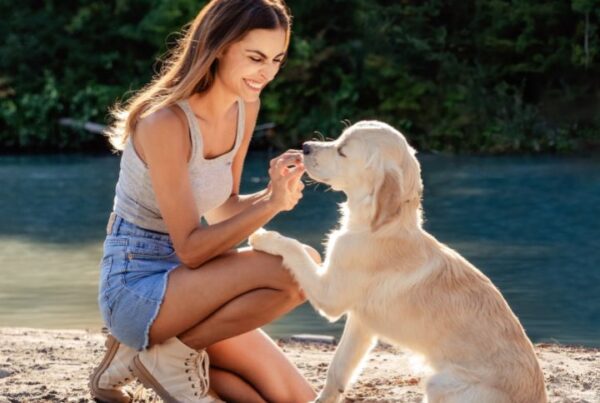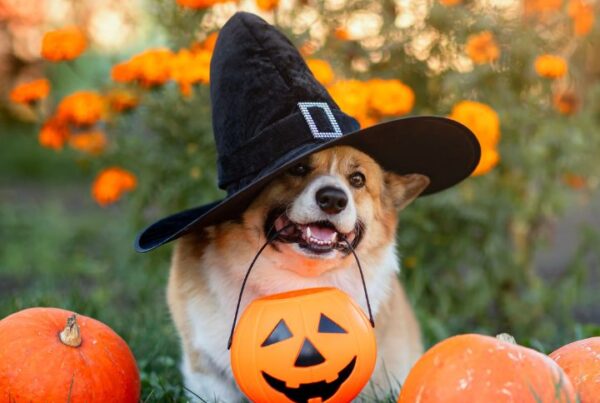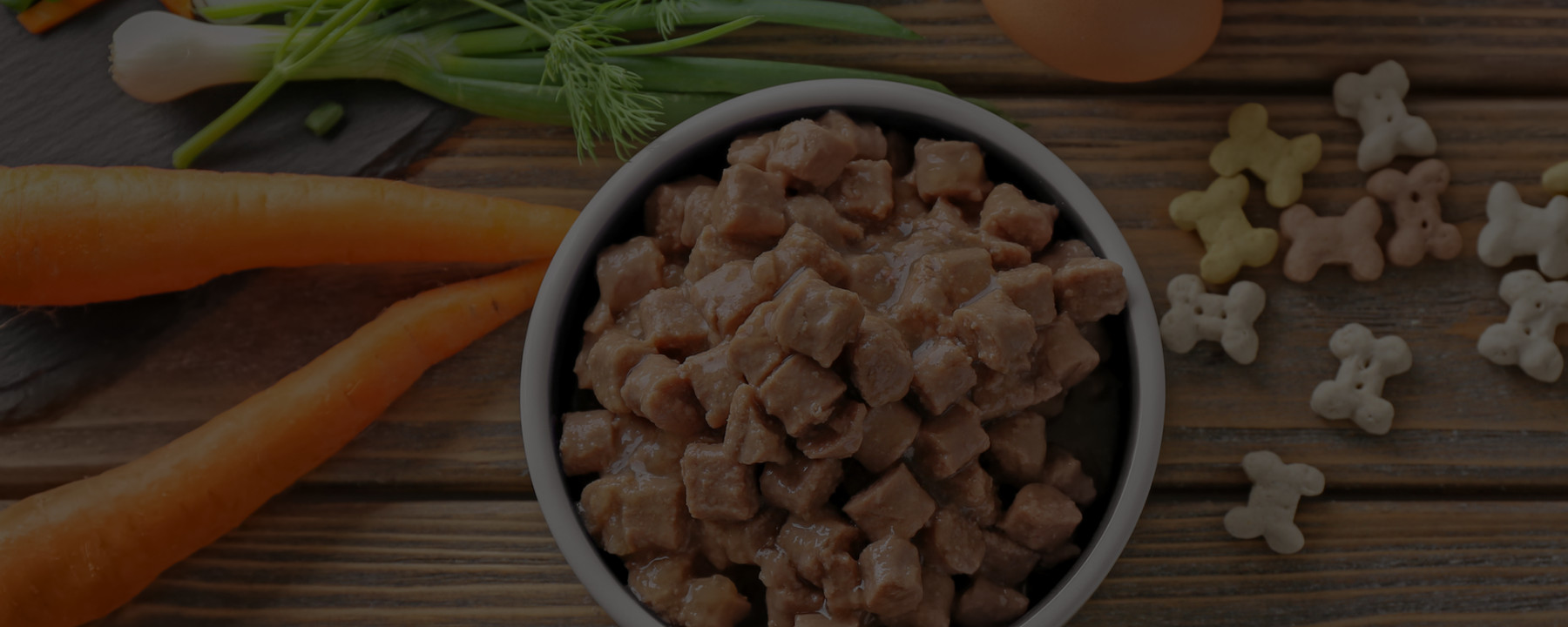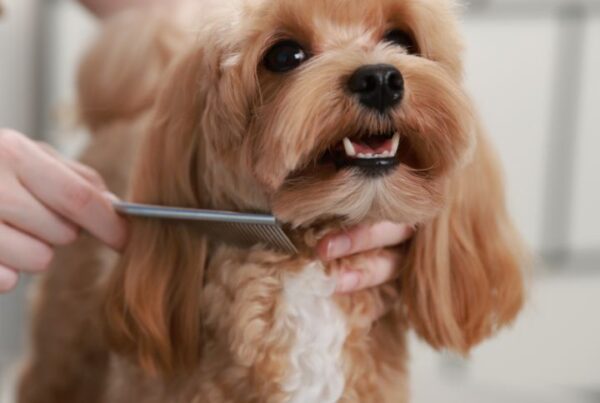Unfortunately, unlike human food products, pet food ingredients are not very well regulated. But in the last decade or so, people have been paying much more attention to what’s in their pets’ foods and grooming products. After all, we want the best for our furry friends!
We’ve done some research for you, so you’ll know exactly which ingredients to watch out for when looking for products for your dog grooming kit!
Read on for information about some of the ingredients in grooming products and food products you should avoid!

In Shampoos and Skincare Products
Synthetic Fragrances
Though a broad category, this is a big no-no. Why? Well, anything called “fragrance” on a bottle’s label can mean it is made up of hundreds or thousands of substances! Often, these fragrances contain chemicals called phthalates, which cause issues with the dog’s endocrine system (hormones and glands that carry their hormones around the body). These harmful chemicals have also been linked to cancer and other illnesses in dogs.
So, though you want your pet, or your client’s pet, to leave their grooming session smelling fresh, synthetic fragrances are not the way to do it! There are a ton of natural shampoo brands on the market that will leave dogs smelling great – without the harmful effects of chemicals!
Artificial Colors
Just like in human shampoo, colors are often added to market the brand and make the product more appealing to consumers. But, just like with fragrances, anything labeled “color” can mean thousands of chemicals. Even in “natural” shampoo brands, chemical colorants may be added to mask the natural color for something more appealing. Always read the label!
The chemicals used in coloring shampoos and products have been linked to cancer and birth defects, so it really isn’t worth that pretty color.Stick to shampoos and products without any added coloring!

Formaldehyde Preservatives
This one doesn’t explicitly show up on the label as “formaldehyde.” But, watch out for names like Brompol, Doazolidinyl urea, or DMDM hydantoin. These products contain formaldehyde and are used as a preservative for the product.
They release the chemical slowly overtime, and have been known to trigger an immune response. This reaction often includes burning, itching, blistering, or scaling of the skin. Not so fun for anyone, right?
Isothiazolinone Preservatives
Here’s another scary preservative. Similar to the previous preservative, methyl- and methylchloro-isothiazolinone are also linked to immune responses, which lead to painful skin conditions.
Basically, if you can’t pronounce what’s written on the bottle, do some serious research before buying it for your pets or clients.
Mineral Oils
Though a more naturally-sourced ingredient, mineral oil is still harmful on pets’ skin. It’s used in products to retain moisture by putting a barrier over the skin. This might sound great, but it actually keeps the dog’s skin from releasing its own natural oils.
Mineral oils are also a common allergen in pets. So, avoid this ingredient and allow the pet’s skin to take care of itself a little! After all, that’s what it was made to do!
Isopropyl Alcohol
Isopropyl alcohol is essentially rubbing alcohol. It dries out the pets hair and skin. Also, it’s been shown to enhance skin absorption, which makes the skin even more susceptible to any other harmful toxins!
Sending pets home with dry, itchy, and irritated skin is a surefire way to make your paying clients pretty unhappy. So, again we’ll remind you, watch those labels!

In Treats and Food
Feeding pets in your grooming salon can be a great way to positively reinforce good behavior! But before you start handing out treats, read the labels and make sure you know if your clients have any food allergies or sensitivites! Just like shampoos and grooming products, pet food can contain many harmful substances.
Artificial Colors
First of all, dogs don’t care about the color or look of their food! They’re mostly colorblind anyway! So just like shampoos, colors are added to dog foods to appeal to human consumers and persuade them to buy their food. However, these colorants can be very harmful!
Pets can be allergic to certain colorants and are also known to make pets more susceptible to viral illnesses. If you’re having a hard time finding treats that don’t have colorants, consider making your own.

Corn and Gluten
Corn and gluten are common in pet foods because they are an inexpensive protein source. However, corn contains lectins, which can be problematic and lead to “leaky gut” syndrome.
Also, corn is one of the most common allergens in pets. The allergy can lead to chronic itching, gastrointestinal tract problems (similar to Irritable Bowel Syndrome), and ear or skin infections.
Just like colorants, corn is very common in pet products and it can be difficult to find treats without it. So, when in doubt, make your own treats!
Unidentified “Byproducts”
Many pet foods and treats contain “animal byproducts.” If you’re reading a label and this comes up, put that product down! Mysterious “byproducts” can be from chicken, lamb, beef, or any other number of animals. However, the “byproducts” are often made from the unwanted parts of the animal, such as diseased tissues, organs, or tumors.
Because pet foods are not highly regulated, producers get away with this. So be aware of what “animal byproduct” is really referring to before you buy a product to give pets in your salon.
Have you discovered any harmful ingredients in pet products? Leave a comment!
Wondering what’s included in QC Pet Studies’ free grooming kit? Check it out here!



